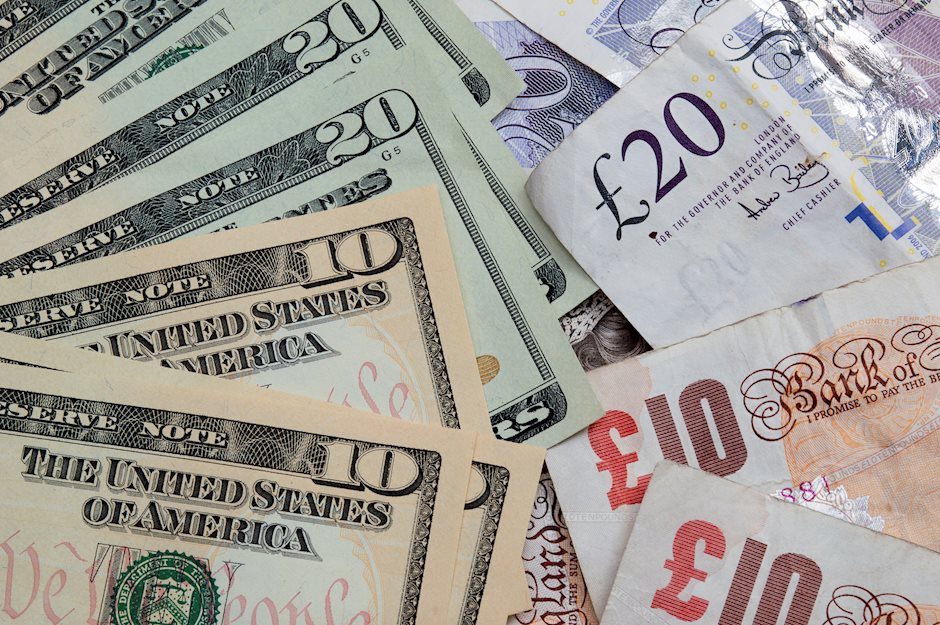GBP/USD Forecast: Pound Sterling needs a soft NFP to reclaim 1.2000
- GBP/USD has managed to stretch higher toward 1.1950 early Friday.
- The pair faces strong resistance area at around 1.2000.
- The market positioning suggests that investors are undecided about the next Fed action.

GBP/USD has preserves its recovery momentum and advanced to the 1.1950 area early Friday after having managed to close above 1.1900 on Thursday. The pair's technical outlook points to a bullish tilt in the short term but investors are likely to ignore the technical readings when assessing the US February jobs report.
The US Dollar (USD) failed to benefit from the negative shift witnessed in risk sentiment on Thursday and the US Dollar Index lost nearly 0.4%. The worse-than-expected weekly Initial Jobless Claims data and the 2% decline in the benchmark 10-year US Treasury bond yield seem to have made it difficult for the USD to attract investors.
Meanwhile, the market positioning, as reflected the CME Group's FedWatch Tool, suggests that investors are not yet certain that the US Federal Reserve will opt for a bigger rate hike at the next policy meeting. The probability of a 50 basis points (bps) rate increase, which stood above 70% after FOMC Chairman Jerome Powell said that they were prepared to increase the pace of rate hikes, returned to 52% early Friday.
Hence, the USD is likely to have a strong reaction to an unexpected Nonfarm Payrolls (NFP) print.
In February, NFP is forecast to rise by 205,000. With a significant downside surprise - a reading in the range of 50-100K, markets could start repricing a 25 bps rate hike in March and trigger a sharp decline in the US Dollar Index. On the other hand, an NFP figure close to 300,000 should confirm a 50 bps rate increase and provide a boost to US T-bond yields and the US Dollar, causing GBP/USD to come under heavy bearish pressure.
In case headline NFP doesn't offer a considerable surprise, market participants are likely to pay close attention to wage inflation. Average Hourly Earnings are forecast to rise to 4.7% on a yearly basis from 4.4% in January. A hotter-than-expected wage inflation print should cause investors to lean toward a 50 bps hike and vice versa.
GBP/USD Technical Analysis
1.2000 (100-day Simple Moving Average (SMA), 100-period SMA on the four-hour chart, psychological level) aligns as important resistance for GBP/USD. In case buyers manage to flip that level into support, additional gains toward 1.2050 (static level) and 1.2100 (psychological level, 200-period SMA) could be witnessed.
On the downside, 1.1930 (static level) is first support before 1.1900 (psychological level, static level) and 1.1850 (static level).
Premium
You have reached your limit of 3 free articles for this month.
Start your subscription and get access to all our original articles.
Author

Eren Sengezer
FXStreet
As an economist at heart, Eren Sengezer specializes in the assessment of the short-term and long-term impacts of macroeconomic data, central bank policies and political developments on financial assets.


















